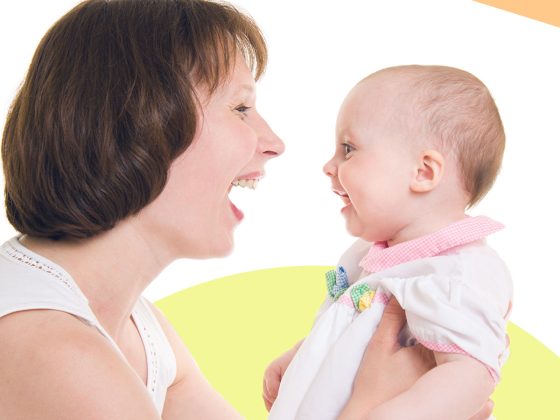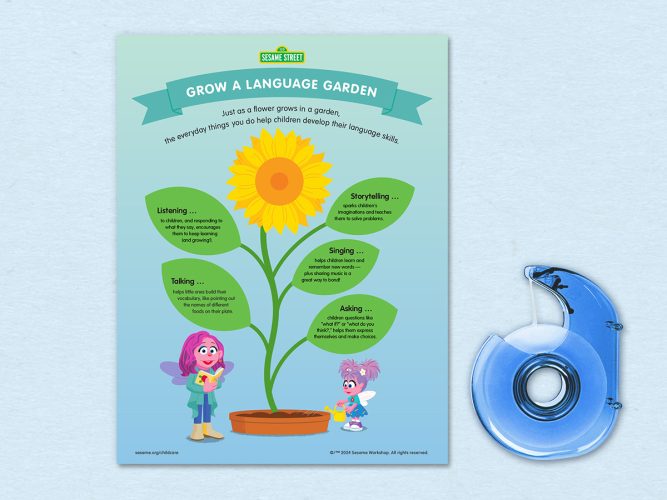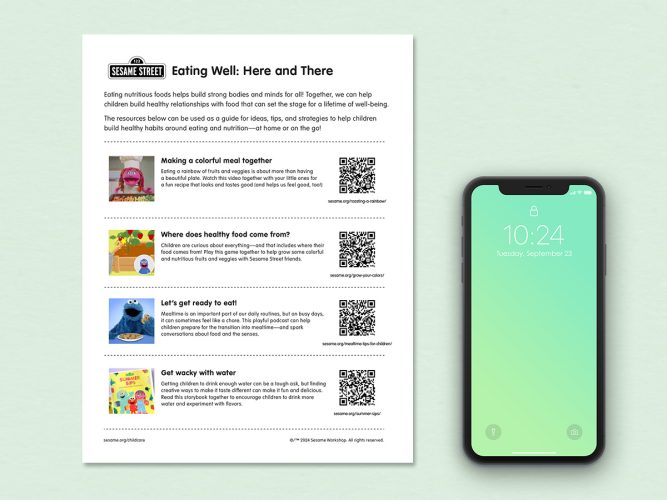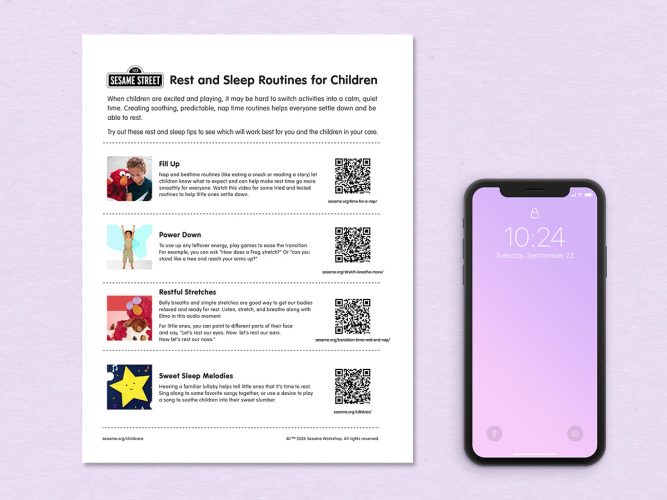
Emotional Milestones
Learn the emotional milestones that children should reach from ages birth through 6 years old.
At birth, children are ready and wired for emotion. Being surrounded by caring, supportive adults in safe environments helps children become emotionally healthy. As brains build connections, children learn how to calm down, focus, and manage strong feelings—all keys to creating healthy relationships.
0–24 months: From the earliest days, little ones feel and express emotions intensely. They smile or giggle to show happiness. They cry to show they’re unhappy, uncomfortable, or that they need something. They can also feel intense stress and anxiety. As babies approach 12 months, their brains have developed more complex emotions (for instance, fear of strangers). By 24 months, children have developed strong attachments to caregivers, which might make separating a challenge.
You can:
- Use feeling words and big expressions to help children learn emotions.
- Help babies recognize expressions and facial features by showing them their faces in a mirror.
2 years: Children may become more aware of their emotions and begin to comfort themselves by snuggling a blanket or toy. They may also show empathy toward others by comforting a child with what comforts them, such as offering their favorite stuffed animal or doll. They may still show strong emotions with body language more than words, which is why two-year-olds are famous for tantrums!
You can:
- Use words to describe their emotions: “You’re feeling frustrated because your brother took the blue crayon when you wanted to use it.”
- Read together and point out characters’ expressions as you name the emotion they are showing.
3 years: Giving hugs to friends after they get hurt or offering a comfort object to a crying sibling are ways you’ll see that children are beginning to show their concern for others’ feelings. Their brains may also begin to store names for simpler feelings, such as feeling “mad” when they don’t get their way and “happy” when they get a treat.
You can:
- Help children develop empathy by playing doctor with stuffed animals. How can they comfort someone? Model giving a hug, and saying, “I hope you feel better.”
- Play a game of feeling charades to show ways to express emotions.
4 years: Children may begin to really understand others’ feelings and why they feel that way: “He’s sad because he didn’t get a turn on the swing.” The areas of the brain that are in charge of self-control may be in high gear as you notice children being more in control when they have big feelings (breathing to calm down instead of screaming), and putting big feelings into words: “I feel sad because my block tower fell. Will you help me build it again?”
You can:
- Make a poster showing strategies to manage feelings, such as belly breathing or asking for a hug.
- Let children feel like superheroes. When a problem comes up, say, “This sounds like a job for Super [child’s name]! He can figure it out!”
5 and 6 years: Children are starting to understand that friends may have different feelings and like different things than they do: “I like to play dress-up, but Amy doesn’t.” They are beginning to manage feelings successfully, such as taking slow, deep breaths, to calm down, and becoming more comfortable in new environments.
You can:
- Practice strategies to help focus attention and manage emotions, such as giving yourself a hug when you need to calm down, or making binoculars with your hands to focus on something.

Mindful Caregivers
Practicing mindfulness is a great way to slow down and reset.

Growing a Language Garden: Everyday Language Development
A reminder of the simple things you do every day that nurture children’s language skills.

Tracking Child Development: A Caregiver’s Guide
Keeping track of milestones and going to routine screenings helps children stay healthy and thriving.

Eating Well: Here and There
A printable page with easily shareable resources to encourage children’s healthy relationships with food.

The Power of Positive
Gentle reminders for practicing self-kindness and compassion.

Routines to Help Children Rest and Sleep
Soothing, predictable, nap and bedtime routines can help children settle down for rest.

The Heart of Communities: Supporting and Celebrating Family, Friend, and Neighbor Caregivers
